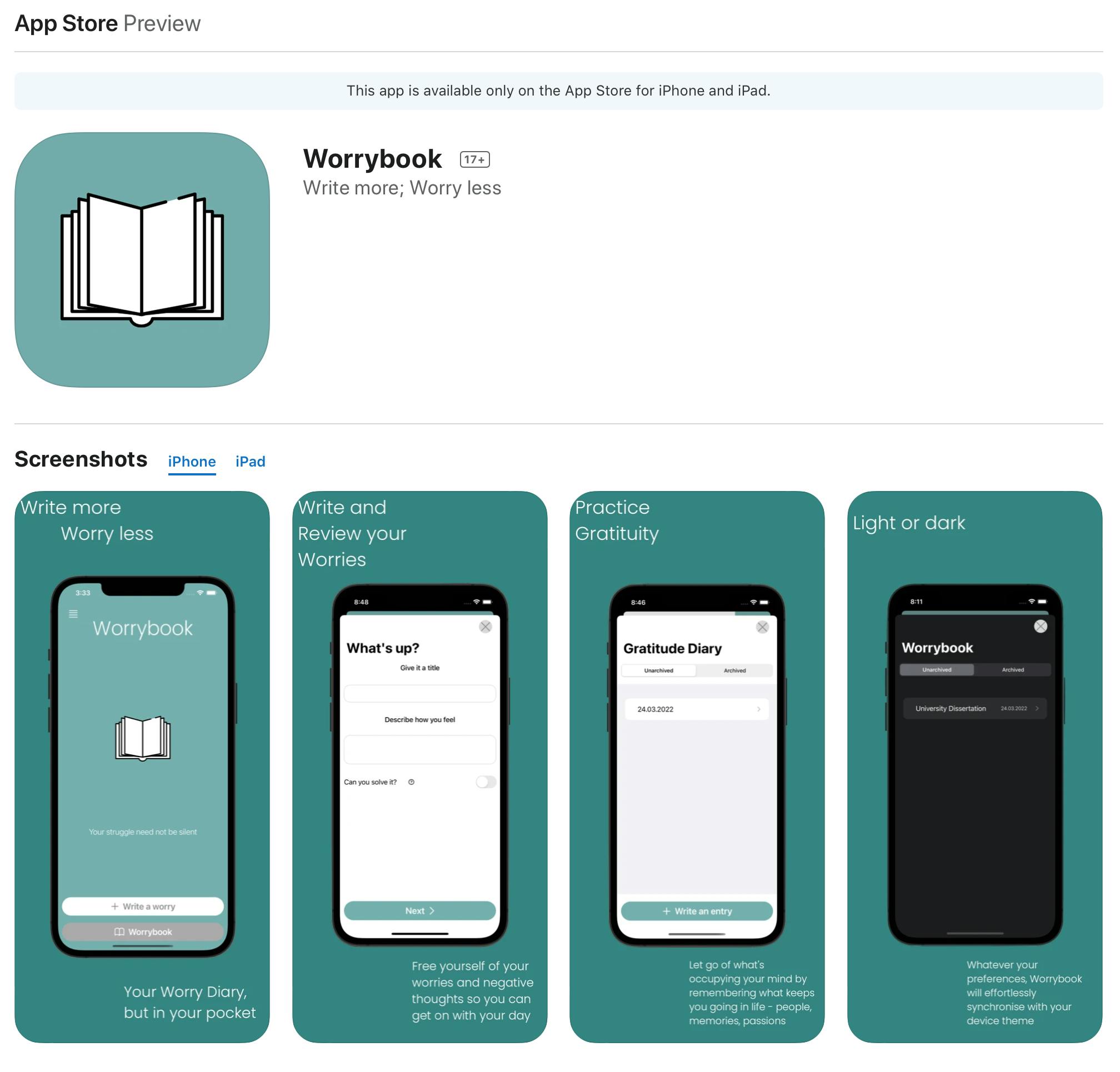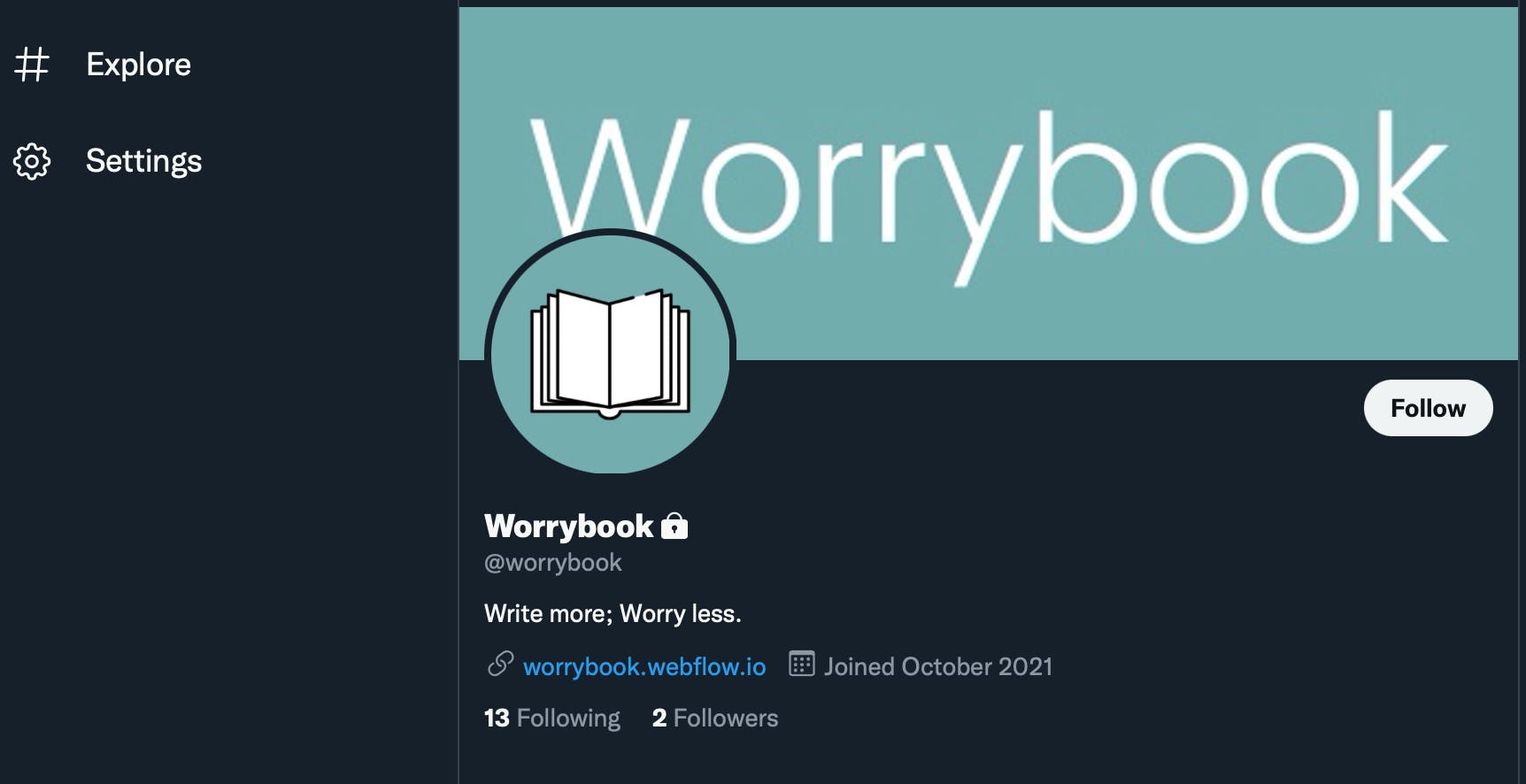Building software is something I know well at this point, but I wanted to explore the modern necessities which accompany an application and enable it to be perceived and marketed as product, rather than just an application. In effect, forming a brand around the application with one caveat... minimal initial cost.
In my minuscule mind, the simplest and lowest-cost methods to spread the word about the application and market a product to potential users would be the most obvious - websites and social media - somewhere to convey why people should care, and somewhere to effectively crowd-source advertising in a condensed manner.
Web Presence
When considering my options for creating and hosting a website, my engineering mind ran amuck with thoughts of developing a website from the ground up, registering a domain, and purchasing a hosting plan. It didn't sound like a great deal of work, but it did sound like work focused in a lesser area. After all, time is limited - perhaps it's best invested into the application itself, no?
Having decided I wanted to save time, what I didn't want to to was sacrifice quality or customisation. I considered whether I could meet those quality expectations if I used a speedier method - perhaps I could generate a GitHub Page with Jekyll and a pre-built theme? Or maybe a simple themed WordPress site? These options and others like them, though viable and low-to-no cost, didn't offer the level of visual customisation I thought would deliver that quality.
I settled on Webflow - it balanced speed-of-development, plenty of customisation, and I needn't worry about hosting. All of this for free, but which can be easily built upon with a paid plan in future, as and when needed.
- Free hosting plan
- Free custom sub-domains
- Free themes
- Great visual and user interaction customisation
- Low barrier to entry
Social Presence
Personally, I consider Twitter the de-facto social media platform for free self-promotion due to its short format, whereas other platforms (though perfectly viable for individual or small-business promotions) either aren't the most suitable media format, or take more effort than necessary to set-up and aren't suitable for reaching outside an established friend-bubble. Plus, accessing Twitter's API to automate aspects of the account in future is simple enough (spin-off project, anyone?).
Product Page
First impressions count. Once the user hits the App Store's product page, we've a limited amount of time to grab their attention, communicate the capabilities of the product, and give them a reason to stick around and commit to a download.
Humans naturally look for the most efficient information, in this case promotional images and screenshots of what the application can do for them - hence why Apple display these prominently in search results and product pages in the App Store. Taglines and descriptions are important, but don't convey information as quickly.
Apple gives plenty of guidance as to the format, sizing, and device formats in AppStore Connect. But the question was - what's the simplest and cheapest way to generate these images? Well, as it turns out, it's taking screenshots of the application running in various simulators and layering these upon a brand-coloured background with some brief descriptive text. Doesn't get much cheaper than Xcode and GIMP and its enough to catch and hold attention.

Pricing Strategy
So we've got a fancy landing page to summarise the application, we're spreading the word on social media, and we've got our user on the product page. The last cognitive hurdle we need the user to take before installation is approving of the pricing strategy.
As mentioned in the last article, part of my motivation behind developing Worrybook was not being able to find an application with solved this problem which had a modern design and a one-off pricing strategy. My experience was most applications designed with great user experiences tended to work on a subscription model. Though I'm sure this works for some products, companies, and users, it didn't gel with me. I wanted to release something low-cost which gave the same benefits as any other service, and which can grow over time.
Thus, the chosen strategy was to price the application for a one-time fee of £2.49 - less than your morning coffee, but with more benefits for your mental health - unless you're like me and can't function without caffeine. This is something I'll likely review over time, and perhaps it was a decision primarily led by the desires and opinions of myself and friends/family who felt they could benefit from such an application, but I think it's a fair deal for now.
Conclusion
Of course, most of what I've just detailed and reasoned are things which can scale as necessary, such as adopting a paid plan for the site to access analytics or increase user contact capacity. So it's not to say that flexibility doesn't exist, or that I wasn't willing to invest upfront, but why do so until it can be necessitated when (as demonstrated) it's relatively easy to produce supporting artefacts for free or next-to-nothing.
Catch you in the next one ✌️


